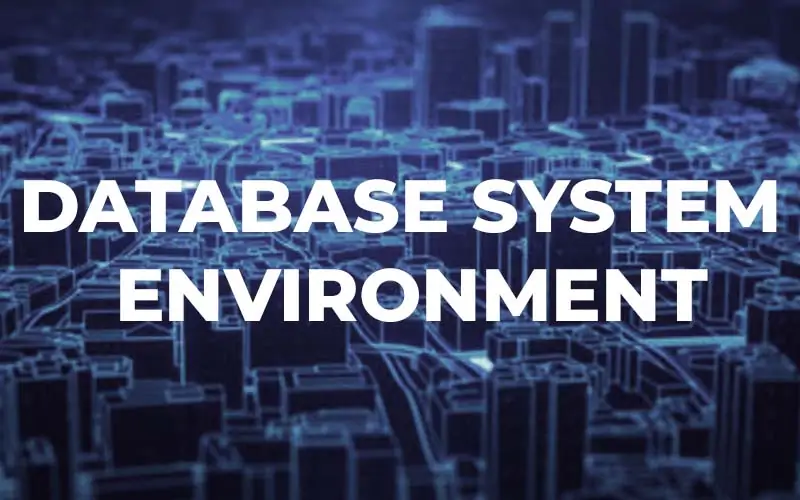Functions of DBMS?
The DBMS performs several important functions that guarantee the integrity and consistency of data in the database. The current generation DBMS supports many functions, such as the following:
- Stores the definitions of data and their relationships (metadata) in a data dictionary, any changes made are automatically recorded in the data dictionary.
- Creates the complex structures required for data storage.
- Transforms entered data to conform to the data structures.
- Creates a security system and enforces security within that system.
- Allow multiple user access to the data within the computer network environment.
- Performs backup and data recovery procedures to ensure data safety.
- Promotes and enforces integrity rules to maintain data consistency.
- Provides access to the data via utility programs and from programming languages interfaces.
Data Dictionary Management:
Data dictionary stores information on definition of data and the relationships that exists among the data. DBMS uses data dictionary to look up required data, their type and size, and relationship with other data.
Thus, the application programmer does not have to code such complex structural information. Any change made in the structure of the data is recorded in the data dictionary, thereby freeing us from making changes in the programs that access the changed data. In other words, DBMS provides data abstraction and removes structural and data dependence from the system.
Data Storage Management:
DBMS creates the structure required for the storage of the data. Thus, we do not need to define and program the physical data characteristics. The DBMS not only provides storage of data but also for related data entry forms or screen definitions, report definitions, data validation rules, procedural code etc.
Data Transformation and Presentation:
DBMS transforms the entered data to confirm to the data structure that are required to store the data. By maintaining data independence, the DBMS translates logical request for the data into commands that physically locate and retrieve the requested data.
That is, DBMS formats the physically retrieved data to make it confirm to the user’s logical expectation. Thus, DBMS provides applications programs with software independence and data abstraction.
Security Management:
The DBMS creates a security system that enforces user security and data privacy within the database. Security rules determine who can access the database, what data can be accessed, and what operations the user can perform. In multi-user environment, this is especially important since many users access the database simultaneously.
Multi -User Access Control:
In order to provide data integrity and data consistency, the DBMS uses sophisticated algorithms to ensure that multiple users can access the database concurrently and still guarantee the integrity of the database.
Backup and Recovery Management:
The safety of the data is provided by the DBMS utilities, such as backup and recovery procedures. DBA performs these tasks routinely. Periodic backup of the data is taken. The recovery management deals with recovery of database after a failure, such as bad sector in the disk, a power failure and so on.
Data Integrity Management:
The DBMS enforces integrity rules to eliminate data integrity problems, thus minimizing data redundancy and maximizing data consistency. The data relationships stored in data dictionary is used to enforce the data integrity.
Database Access Language and Application Programming Interface:
DBMS supports data access language query language to access data. A query language is non-procedural, that is, the user specifies what to do and not how to do. DBMS’s query language has three components: DDL, DML and DCL. DBMS also provides data access to users via procedural languages, such as COBOL, C, Visual Basic and others.
Database Communication Interface:
Current generation DBMSs provide special communication routines designed to allow the database to accept end user request within computer network environment.



